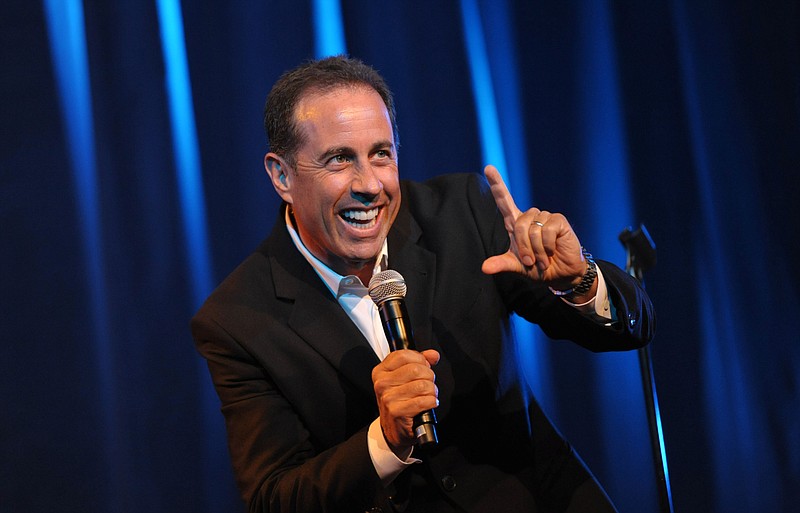Jerry Seinfeld, talking candidly about political correctness recently on Late Night with Seth Meyers said, "There's a creepy PC thing out there that really bothers me." In a subsequent interview, he said young people scream "racism," "sexism" and "prejudice" with no idea of what they are talking about. Let's hope more Americans stand up for free speech by pushing back against the PC police.
I could relate to Seinfeld's words as I delivered a Memorial Day address at one of our city's most beautiful, peaceful, inspiring - and politically incorrect - locations: the Confederate Cemetery on the edge of the University of Tennessee Chattanooga campus. It's a fascinating historical site.
In the early days of the War Between the States, Chattanooga hosted seven military hospitals to care for the wounded, mostly from combat in western Tennessee. They were horrid facilities: unsanitary, overcrowded, poorly staffed and underequipped.
One hundred forty one soldiers died in Chattanooga hospitals. Initially, they were hastily buried by the Tennessee River, and each had a wooden marker to commemorate his passing. Due to incessant flooding, however, the markers were soon washed away. In 1867, two years after the war, a group of Confederate veterans, in cooperation with the city government, purchased the current land, and the soldiers were re-interred. Afterward, veterans, their wives and immediate family members were buried there. The last burial was in 1947.
Who are our fellow Chattanoogans who lie there? If we see our Confederate ancestors as real people in whom we should take pride, not as politically incorrect and ignorant racists, we might share a more realistic view of our past.
Benjamin Goulding lies peacefully beneath shady oaks. He was a member of the "Immortal Six Hundred," a group of Confederate prisoners forced by the Union to serve as a human shield as Union soldiers advanced against Confederate positions in Charleston, S.C. When the war was over and he was released by the Union Army, he weighed only 81 pounds. He came home to Chattanooga, recovered and oversaw the first weather bureau in our city.
Just up a grassy slope lies Capt. S.J.A. Frazier, a successful Chattanooga businessman who developed what we now call the North Shore area. He gave money to construct the Walnut Street Bridge. Frazier Avenue is his namesake.
U.S. Army Sgt. Edward J. Wentworth, a Union soldier from the 19th Michigan Infantry, was captured by Confederates. He was transported by rail to a prison facility deeper in the South, but passing Chattanooga he became very ill and was placed in a Confederate hospital where he died. He was laid to rest here.
The tombstone of Shadrick Searcy lies near the wrought iron entry gate. He was a slave who belonged to brothers William and James Searcy of the 46th Georgia Infantry. As was typical of the Southern gentry, their servant accompanied them. William was killed at Kennesaw and James at Franklin, but Shadrick continued fighting until he surrendered with the largest remaining part of the Confederate Army in Greensboro, N.C., in April 1865. Mr. Searcy settled in Chattanooga after the war and continued to receive a Confederate pension until his death in 1936.
There are dozens more stories related to the Chattanooga Confederate Cemetery, but this sample makes the point. It is easy to vilify vague characters with whom we have differences by slapping on a label like "racist" or "ignorant," but much harder when real people and their circumstances emerge from the shuttered halls of history. They remind us that true character doesn't change despite the interpretation of political correctness by insiders at governmental or educational institutions. As Jerry would say, "that's creepy."
Roger Smith, a local author, is a frequent contributor to the Times Free Press.
